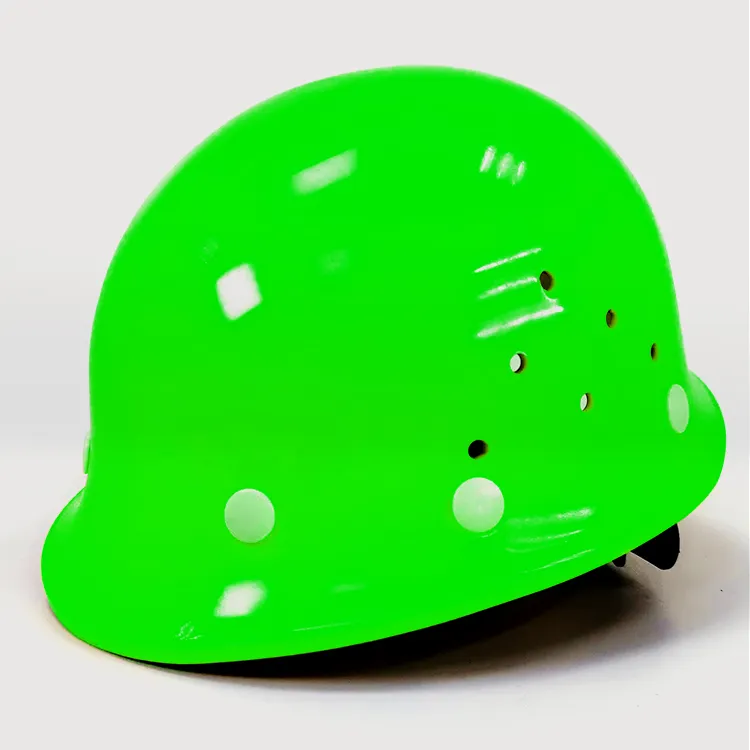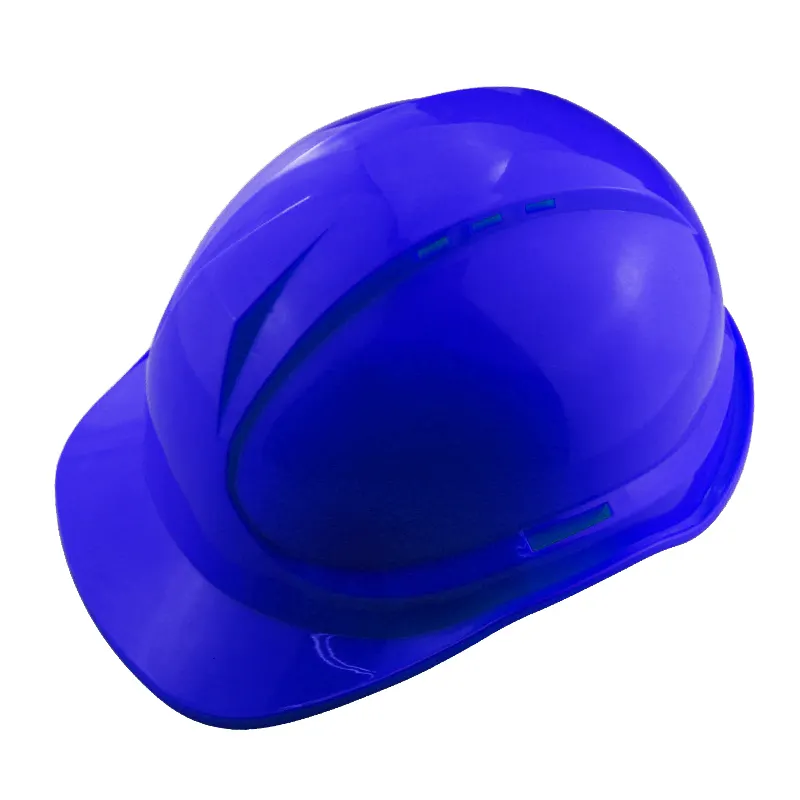Safety helmets are indeed trusted companions in high-risk industries, where workers face a multitude of hazards daily. These essential pieces of personal protective equipment (PPE) provide a crucial line of defense against head injuries and contribute to a safer work environment in the following high-risk industries:
- Construction: Construction sites are dynamic and often bustling with activity. Workers face potential dangers from falling objects, overhead debris, tools, machinery, and even working at heights. Safety helmets protect against head injuries from these hazards, making them indispensable in the construction industry.
- Manufacturing: Factories and manufacturing facilities have heavy machinery and equipment in operation. Workers in this environment may encounter risks such as moving conveyor belts, falling objects, and collisions. Safety helmets are vital for safeguarding against head injuries caused by these dangers.
- Mining: The mining industry presents a host of risks, including the threat of rockfalls, equipment collisions, and underground explosions. Safety helmets are a primary defense against head injuries, and they are often reinforced with additional features to withstand harsh mining conditions.
- Oil and Gas: Workers in the oil and gas industry contend with drilling operations, equipment maintenance, and harsh weather conditions. Safety helmets designed for this sector provide protection against impacts and potential exposure to flames, chemicals, and high temperatures.
- Agriculture: In agriculture, workers are exposed to hazards like falling branches, tools, and the potential for tractor rollovers. Helmets are essential for protecting against head injuries during farming and forestry activities.
- Forestry: The forestry industry involves felling trees, where the risk of falling branches and logs is significant. Forestry helmets often have visors to shield the face from debris and sharp objects.
- Construction and Tower Climbing: Workers who scale tall structures, such as communication towers or high-rise buildings, rely on climbing helmets. These helmets are lightweight and designed to protect against head injuries from falls or impacts while climbing.
- Emergency Services: Firefighters and first responders face intense heat, smoke, and debris in their line of duty. Firefighting helmets are specialized safety helmets designed to withstand high temperatures and offer protection from falling objects during rescue operations.
- Motorcycle Racing: In high-speed motorcycle racing, riders wear helmets designed to protect against extreme forces and impacts. These helmets are aerodynamically designed to reduce wind resistance and improve safety.
- Extreme Sports: Athletes in extreme sports like skiing, snowboarding, and mountain biking often wear specialized helmets to protect against head injuries during high-risk activities.
In all of these industries, safety helmets are not just protective gear; they are a critical component of safety protocols and regulations. They are designed and rigorously tested to meet industry-specific safety standards and are a testament to the commitment to safeguarding the well-being of workers and individuals in high-risk environments.
The reliable protection offered by safety helmets, along with the education and training that accompanies their use, is essential in reducing the occurrence and severity of head injuries in these industries. They are, indeed, trusted companions for those who work and play in high-risk environments, providing peace of mind and potentially saving lives.


